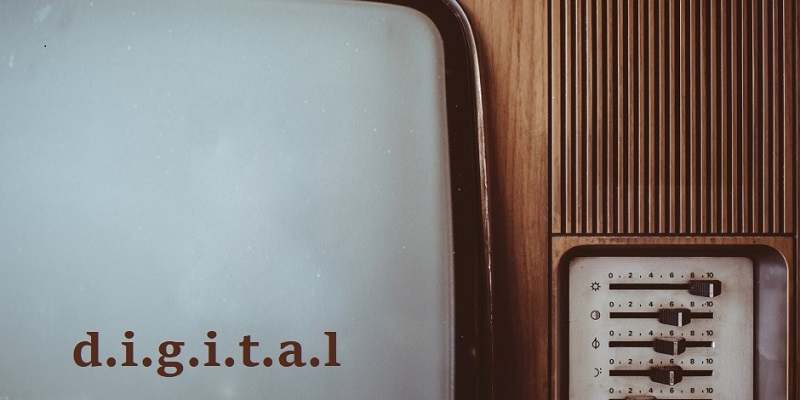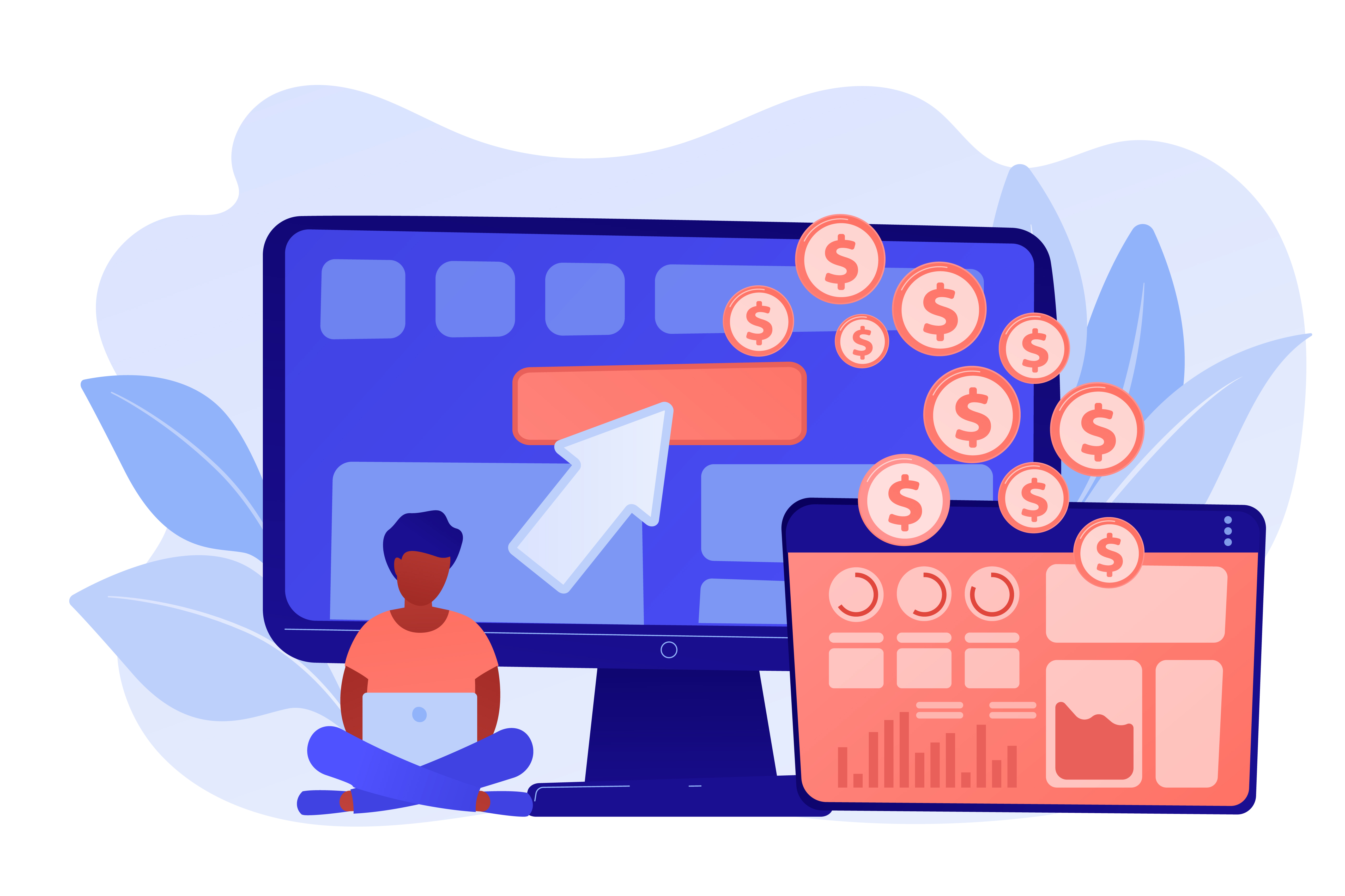The self-flagellation in our industry needs to stop. In 2017, the industry went through a much-required period of introspection and a subsequent process of transformation. Rightly, we saw changes made of significant magnitude across the industry and digital ecosystem as a whole. From macro, ecosystem-shaping changes in M&A, to granular, supply-chain amelioration in auction dynamics, the changes have been swift and significant. While this isn’t necessarily any reason to celebrate, it’s certainly a significant step in the right direction – responsible practitioners across the industry making changes and collaborating to ensure our industry remains both healthy and fit for the future.
As the industry gathered in Cannes last month, the sense of change was palpable. Industry sources reported there were around 25% fewer attendees this year, however, two things really stood out for me. Firstly, everyone’s focus on ensuring a valuable and productive trip – meetings were agenda-oriented, centred on delivering against objectives and developing partnerships to impact 2018. The second notable element was the refreshing sense of optimism (well you are in the South of France, I hear you say). The self-flagellation of 2017 seemed to be replaced with a great sense of opportunity for the future, and indeed pride in our great industry. I think this renewed vigour is partly down to a few things:
Consumers – sovereignty and a move back to premium
It’s been talked about to death, but GDPR has ushered in a new era for consumers, with a well overdue refresher on Internet and data laws that hadn’t been updated for more than 20 years. If we cast our minds back to what terms such as ‘the Internet’ or ‘data’ meant in 1995, it’s almost bizarre to think that laws from over 20 years ago still governed the use and management of data online.
But furore aside, the regulation clearly stands to protect the consumer, and to give them sovereignty over the way their data is managed. While we won’t know the full impact of GDPR on the digital advertising industry for some time, it has set the precedent for a new relationship between consumers and digital advertising. This can only be a good thing. It would also be naive to see this as an isolated case – GDPR could well be the harbinger for other laws of a similar nature to come into effect in other markets and indeed we have already seen so in California.
Finally, it represents an opportunity for premium sellers. GDPR rewards those sellers who have relationships with their customers and therefore it will be with these businesses that consumers will feel comfortable sharing their data. As brands look to reach audiences within the digital ecosystem, advertising spend will migrate to those environments where there are targeting capabilities and therefore where the seller has a strong relationship with their consumers. Yes this will benefit the walled gardens, but it will also benefit premium sellers as investment increasingly is migrated away from the long tail.
Brands – reaching the right people in a new world
Off the back of GDPR, the importance of identity has become paramount – how do we help brands find the right consumers in an increasingly ‘cookieless’ environment and across the plethora of platforms available today? Concerns around fragmentation and data loss were compounded by GDPR from an optimisation and targeting perspective, and has served to further highlight the need for a single ID.
The notion of a unified, omnichannel identifier across the entire digital environment is not new, but it is now being taken seriously and has momentum. GDPR and the move to cookieless environments has accelerated that, and we have seen this reflected in the advent of ID management solutions. There are a number of solutions out there today (and the likelihood is there’ll be more than one in the medium to long term), however, in keeping with the banners of impartiality and openness the industry is supporting, there appears to be one standout solution. The IAB’s acquisition of ID management consortium DigiTrust provides the industry with a neutral, independent solution which the trade body will be endorsing.
Are we there yet? Absolutely not, but whichever or how many of the various solutions that are available end up securing broad industry adoption the portents bode well. This is a critical component which through collaboration looks like being resolved swiftly for the wider benefit of the ecosystem.
Industry collaboration
Nothing highlights an industry committed to positive change than when there are multiple examples of collaboration. From media owners collaborating on shared projects such as La Place Media, EBX to the most recent Project Ozone and the tireless work the industry has done around inventory quality with initiatives such as JICWEBS, Ads.txt and IAB UK Gold Standard. Rivalries are being put to one side as the industry collaborates to ensure the ecosystem both is one that we can all be proud of, but also one that enables us all to drive value for our respective organisations.
Automation of emerging channels
Those of you who know me will likely know this is a favourite subject of mine. The increasing use of technology and data in automating new or traditional media channels has long been something that I have found inspiring.
The last 12 months have seen this shift really gather momentum with the rise of Audio, OTT, and Digital Out Of Home advertising being the more exciting new formats to be traded in an automated or programmatic fashion. Gone are the days of programmatic being confined to ‘low value, desktop display inventory’. Again there are new and exciting initiatives across the landscape, which will only gather momentum and bring opportunity wherever you sit in the ecosystem.
As we all head off on our various summer breaks, aiming to come back refreshed and ready for the race to the finish, let’s all remember this… This is a formative time in our working lives, we are coming together as an industry to lay the pipes for a frictionless, transparent advertising ecosystem. Are we there yet? Patently the answer is no, but we’ve shown great progress and with all our collective efforts I feel confident that we will ensure a healthy, diverse, innovative and sustainable industry. So let’s stop with the self-flagellation, because this really is a fantastic time to be in digital advertising.
________
by James Brown
Source: thedrum.com


